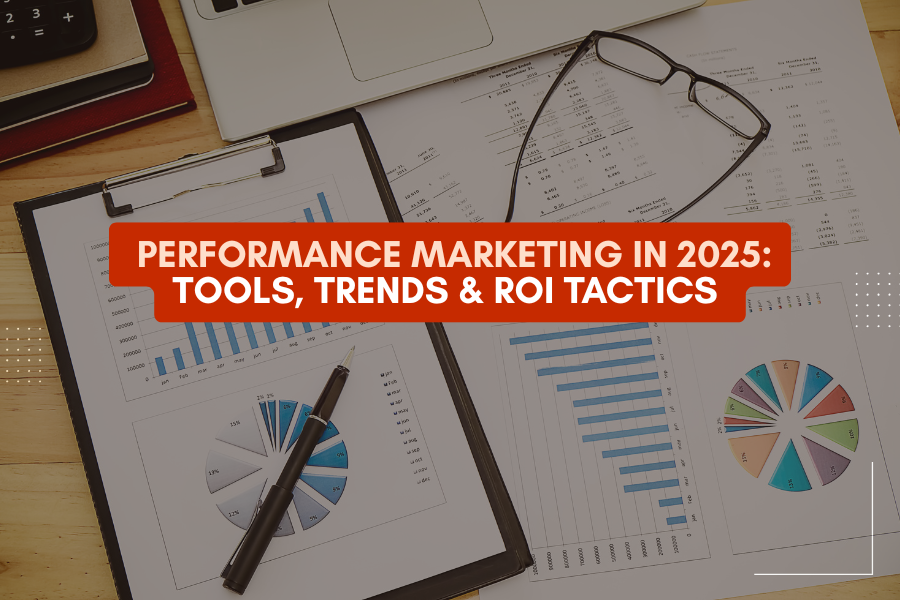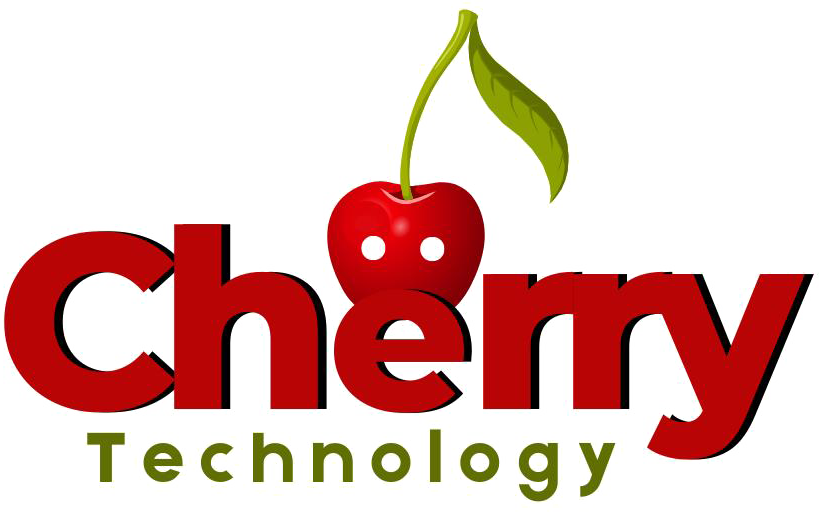Performance Marketing in 2025: Tools, Trends & ROI Tactics

Performance Marketing in 2025: Tools, Trends & ROI Tactics
Performance marketing has become the driving force behind digital advertising, offering businesses a measurable, ROI-driven approach to achieving their goals. Unlike traditional marketing, where success metrics can often feel abstract, performance marketing focuses on concrete results like clicks, leads, conversions, or sales.
For digital marketers, advertisers, and business owners, integrating performance marketing strategies can unlock new levels of efficiency, precision, and profitability. This guide dives into the tools, strategies, and trends that are transforming modern advertising and provides actionable insights to level up your campaigns.
What is Performance Marketing?
At its core, performance marketing is a data-driven advertising model where brands only pay for specific actions, such as clicks, impressions, or sales. It relies on real-time tracking and results measurement, ensuring every dollar spent delivers value.
How It Differs From Traditional Marketing
-
Traditional Marketing: Focuses on brand awareness and long-term influence, but its ROI is often difficult to quantify. Examples include TV ads, billboards, and print campaigns.
-
Performance Marketing: Prioritizes measurable outcomes like purchases or downloads. Advertisers have full control over budgets and can adjust campaigns based on performance in real time.
Benefits of Performance Marketing
-
Clear ROI tracking
-
Lower risk due to pay-per-action setups
-
Flexibility to optimize campaigns dynamically
-
Greater transparency through advanced analytics
Top Digital Marketing Trends in 2025
The digital advertising landscape is continuously evolving. To stay ahead, it’s essential to adopt the latest technologies and approaches that are shaping performance marketing.
1. AI and Automation
Artificial intelligence is driving efficiency in performance marketing through predictive analytics, smart bidding strategies, and automated workflows. AI-powered tools such as Google Performance Max campaigns identify high-intent audiences with precision, minimizing manual guesswork.
2. Personalization and Predictive Analytics
Consumers now expect tailored experiences. Predictive analytics leverage past behaviors to anticipate future actions, enabling campaigns personalized to each customer’s intent.
3. The Growing Importance of First-Party Data
With increasingly strict privacy laws (such as GDPR) and the phase-out of third-party cookies, first-party data has become invaluable. Collecting data directly from your audience allows for more accurate targeting and compliance with regulations, making email lists and loyalty programs key assets in your strategy.
Must-Have Performance Marketing Tools
Performance marketing is only as effective as the tools you use to execute and track your campaigns. Below are some essential tools to integrate into your workflow.
1. Ad Tracking and Attribution Platforms
-
Google Analytics 4 (GA4): Track user paths and tie actions to specific channels.
-
Voluum: Provides advanced attribution and campaign tracking across multiple channels.
-
Adjust or AppsFlyer: Ideal for app marketers who need deep insights into user acquisition performance.
2. Campaign Optimization and Automation Tools
-
Google Ads and Meta Ads Manager enable dynamic bidding strategies.
-
RevealBot offers automation for scaling ad campaigns based on performance.
-
Taboola and Outbrain are leading platforms for optimizing native advertising.
3. Reporting and Analytics Solutions
-
Databox or Looker Studio (formerly Google Data Studio) for in-depth, customizable reporting.
-
Power BI for data visualization.
-
SEMrush for SEO and competitor analysis.
High-Impact Social Media Marketing Strategies
Social media continues to dominate as a performance marketing playground. With the right strategies, brands can harness these platforms to drive both engagement and conversions.
1. Platform-Specific Tactics
-
Meta (Facebook and Instagram):
-
Use carousel ads to showcase multiple products or services.
-
Leverage Retargeting campaigns to re-engage website visitors.
-
-
LinkedIn:
-
Run Sponsored Content aimed at B2B decision-makers.
-
Take advantage of Lead Gen Forms for seamless data capture.
-
-
TikTok:
-
Create short, entertaining video ads highlighting products in relatable contexts.
-
Collaborate with influencers to amplify authentic content.
-
2. Creative Formats That Drive Engagement
-
Stories ads (short, full-screen visuals)
-
Interactive content like polls or quizzes
-
Shoppable ads with direct links to product checkout pages
3. Using Influencers in Performance Marketing
Choose micro or nano influencers for their niche, loyal audiences. Their lower cost and higher engagement can yield greater ROI than mega influencers.
Boosting ROI Through Paid Media Advertising
Paid media campaigns are the cornerstone of performance marketing. Implementing the right techniques is critical for maximizing ROI.
1. Budget Allocation and Bidding Strategies
-
Start with Manual CPC Bidding for maximum control, then transition to Automated Bidding tools once your campaigns gain traction.
-
Allocate budgets to top-performing ads based on key metrics like ROAS (Return on Ad Spend).
2. Conversion Rate Optimization for Ad Landing Pages
A campaign is only as effective as its associated landing page. Improve your conversion rate by:
-
Using clear and compelling headlines.
-
Keeping CTAs (Call to Actions) highly visible.
-
Ensuring your page loads within two seconds.
3. Retargeting and Lookalike Audiences
-
Retargeting allows you to re-engage users who’ve visited your website or abandoned their cart.
-
Build Lookalike Audiences to target users similar to your most valuable customers.
Digital Marketing Case Studies That Prove the Power of Performance
E-Commerce Success Story
An apparel brand implemented a two-pronged approach using Google Ads and Facebook. By investing in retargeting and personalized product recommendations:
-
Result: Achieved a 220% increase in ROAS within 3 months.
B2B Lead Generation Case Study
A SaaS company used LinkedIn Sponsored Content to target high-level executives and optimized its landing pages for lead captures:
-
Result: Reduced cost per lead by 38% and doubled their monthly lead acquisition.
Local Business Growth Example
A coffee shop chain invested in TikTok influencer collaborations for its new product:
-
Result: Increased foot traffic by 45% month-over-month due to viral video content.
When Should You Hire a Performance Marketing Agency or Marketer?
Performance marketing is a specialized field. Here’s when you might consider hiring an expert:
Signs Your Brand Needs Help
-
Limited in-house expertise in performance marketing tools.
-
Overwhelming workload that prevents dynamic optimizations.
-
Struggles with campaign ROI due to poor targeting strategies.
Questions to Ask Before Hiring
-
What past successes have you had in my industry?
-
What tools or platforms do you specialize in?
-
Can you provide clear, regular performance reports?
Freelancers vs Agencies
-
Freelancers offer flexibility and cost savings but may lack comprehensive expertise in large-scale campaigns.
-
Agencies often provide full-stack solutions that encompass strategy, execution, and reporting.
Performance Marketing Could Be Transformational for Your Brand
Performance marketing offers unmatched potential to grow your reach, refine your targeting, and drive superior ROI. For business owners, digital marketers, and advertisers, the tools and strategies highlighted in this post can serve as the foundation for success.
But here’s the key takeaway: digital advertising is not a “set-it-and-forget-it” model. Constant optimization, learning, and pivoting are necessary to stay competitive. If your team is ready to take the next step, start small, measure rigorously, and experiment with the tools at your disposal.
For those needing additional guidance or dynamic performance marketing solutions, consider exploring Jasper’s free sign-up today and unlock smarter ways to elevate your campaigns.





Leave a Comment